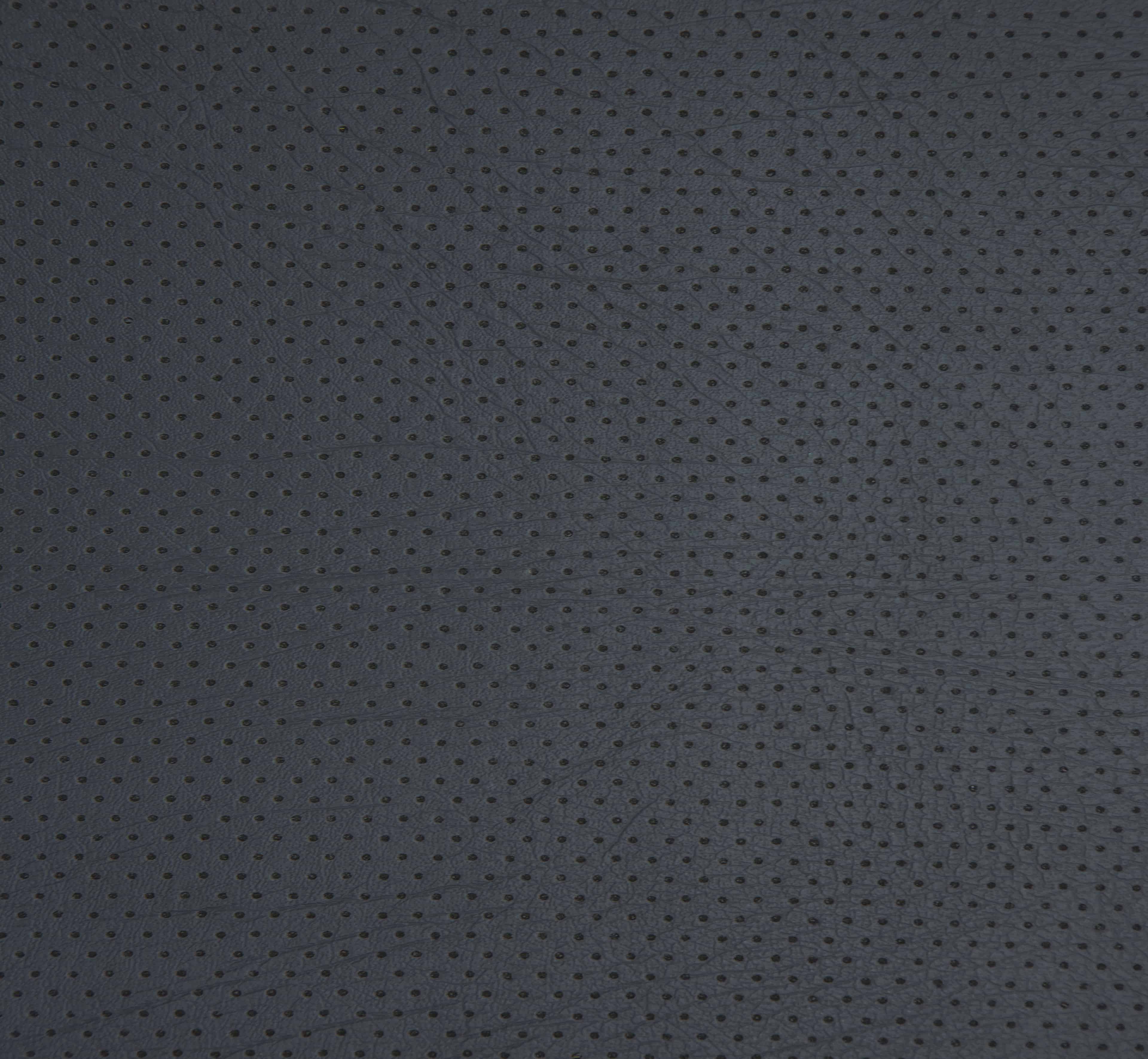Sheeting
Rubber sheeting is calendared and molded, made of sponge or solid rubber, and comes in various thicknesses and dimensions. Sheet stock materials include natural and synthetic rubbers, rubber compounds or blends, and silicone. These industrial rubber products are also available as composite materials with laminates or adhesives already applied.
Sheeting Materials
Natural rubber sheeting provides superior abrasion resistance and is ideal for seals that require high tensile and elongation characteristics. Resistant to many acids, bases, and organic salts, this type of sheet stock also conforms to surfaces with flanges and bolt heads. Natural rubber sheets have excellent tear strength and are relatively resilient for a material that doesn’t hold memory.
Synthetic rubber sheeting is used in applications ranging from industrial sealing to medical bandages. Neoprene, a versatile synthetic rubber, is useful over a wide temperature range and provides strong physical toughness. Resistant to ozone, sunlight, and weather, neoprene sheeting resists many oils and chemicals. Neoprene sheets are available in anti-static or FDA-approved grades and can be cut to size.
Silicone sheets are made of commercial grade (CG) or premium grade (PG) silicone and include translucent silicone materials. Silicone sheeting resists ozone, sunlight, and oxidation while providing excellent flexibility at low temperatures. A strong electrical insulator with superior color stability and a low compression set, silicone also withstands a wide range of service temperatures.
Sheeting Specifications
In addition to material type and physical dimensions, durometer (Shore A) is an important specification to consider during product selection. Rubber sheet and silicone sheet stock with a lower durometer value is softer than rubber sheet or silicone sheeting with a higher value.












